Weekly Tech Recap - № 154 - Musk’s flamethrowers, Nokia 3310 4G, Nuro vehicle, Lixies, etc.
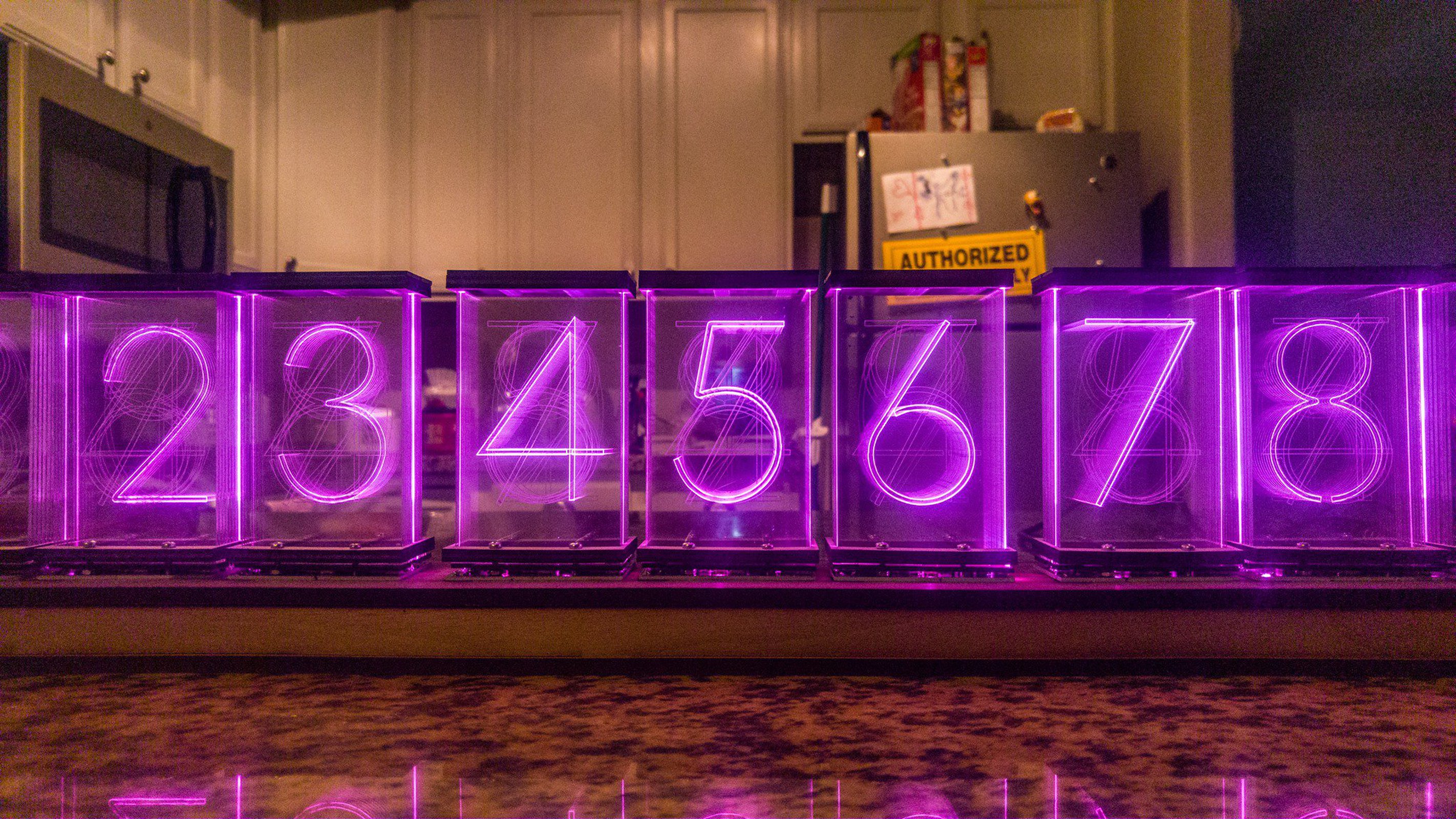
Elon Musk’s flamethrowers
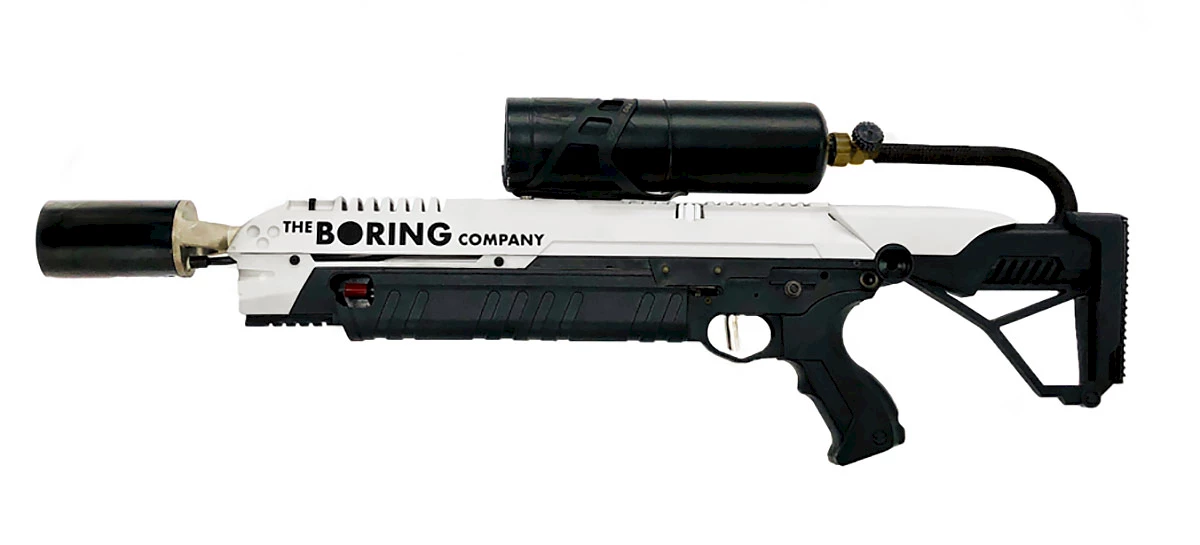
“Flamethrower.” © Boring Company.
We’re now convinced that the head of Tesla and Space X can sell absolutely anything. Last year, Musk sold 50,000 Boring Company logo caps for $20 each. “After 50k hats, we will start selling The Boring Company flamethrower,” he joked. Today, he made good on his word - he posted a video of himself playing with a flamethrower and a page for pre-orders now appears on the website. You might say that the term “flamethrower” is a bit of a stretch - the device looks more like a roofer’s propane blowtorch than an actual combat weapon that can shoot burning fuel across distances of several dozen metres. It seems to have nothing to do with the tunnel-boring company and, believe it or not, he’s already sold 20,000 flamethrowers, at $500 each, in just a few days! People are seriously nuts. At the same time, one of Musk’s other ventures, Tesla, is still struggling to produce enough Model 3 cars to deliver on thousands of pre-orders.
⇨ Ars Technica, “The Boring Company is really pushing the definition of ‘Flamethrower’.”
⇨ Circuit Breaker, “Elon Musk has sold all his flamethrowers.”
Nokia 3310 4G
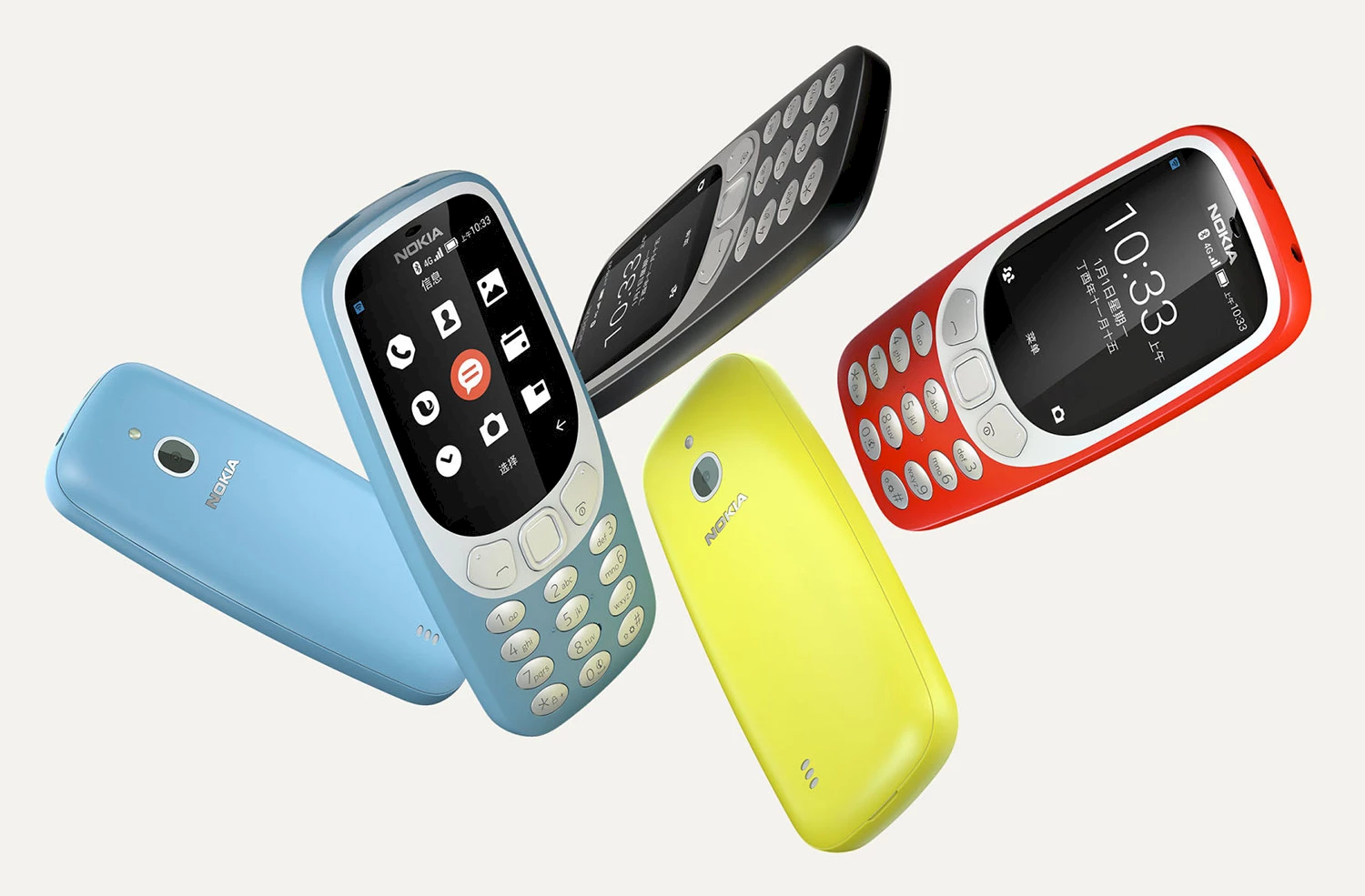
Nokia 3310 4G. © HMD Global.
At the beginning of last year, HMD Global, the Chinese manufacturer that exploits the Nokia brand, brought back the Finnish brand’s iconic model - the 3310, a sturdy, no frills and cheap phone which sold 126 million units during its heyday. After it came out with the 2G and 3G models, HDM Global released a LTE “4G” model. The exterior design is identical, but the LTE model does away with the Java-based operating system (Series 30+), opting for the YunOS, an Android fork developed by Alibaba. The phone supports VoLTE HD calls and can also be used as a Wi-Fi hotspot. It’s got 512 MB of storage (up to 64 GB with a micro SD card) and the 2.4-inch screen has a resolution of 240x320 pixels. For now, the phone will be only available in China, in partnership with the China Mobile provider. The price hasn’t been announced; but to compare, the 3G is sold in the U.S. for $60 USD (at Best Buy).
⇨ Circuit Breaker, “There’s now an LTE version of the Nokia 3310.”
Robo-Delivery
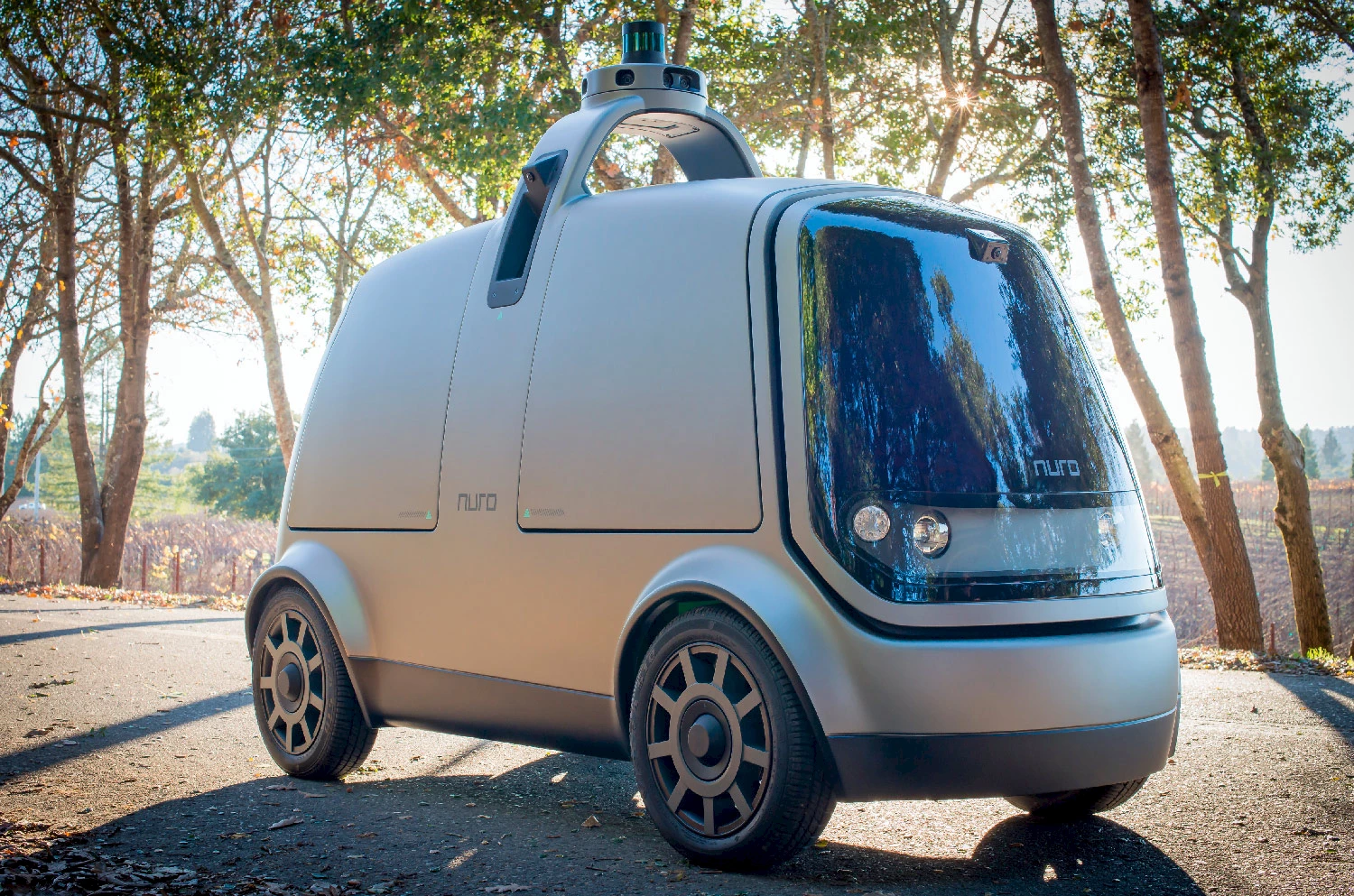
R1. © Nuro.
Dave Ferguson and Jiajun Zhu, two roboticists who worked as engineers on Google’s autonomous vehicle project (now called Waymo), founded Nuro in 2016. This company is developing a completely autonomous electric vehicle, dubbed R1, that’s purpose-built for deliveries. Ferguson explains, “The last mile transportation contributes to 30 to 50 percent of the total logistics cost of goods transportation; the problem is real and costly. We realized we could create an entirely new kind of vehicle designed purely for goods transportation and reduce this cost. Importantly, this sort of vehicle could also be created sooner, more efficiently, and safer than passenger transportation. Because of its flexible interior, R1 can be reconfigured for its specific purpose in that delivery.” The issue with the R1 is that while it focuses on the “last mile”, it neglects the last few feet… You have to be at home, dressed and ready to meet the R1 outside to receive your order. Despite this, however, the company has won over investors and received $92 million in funding.
⇨ IEEE Spectrum, “Nuro Raises $92 Million for Adorable Autonomous Delivery Vehicles.”
Lixies
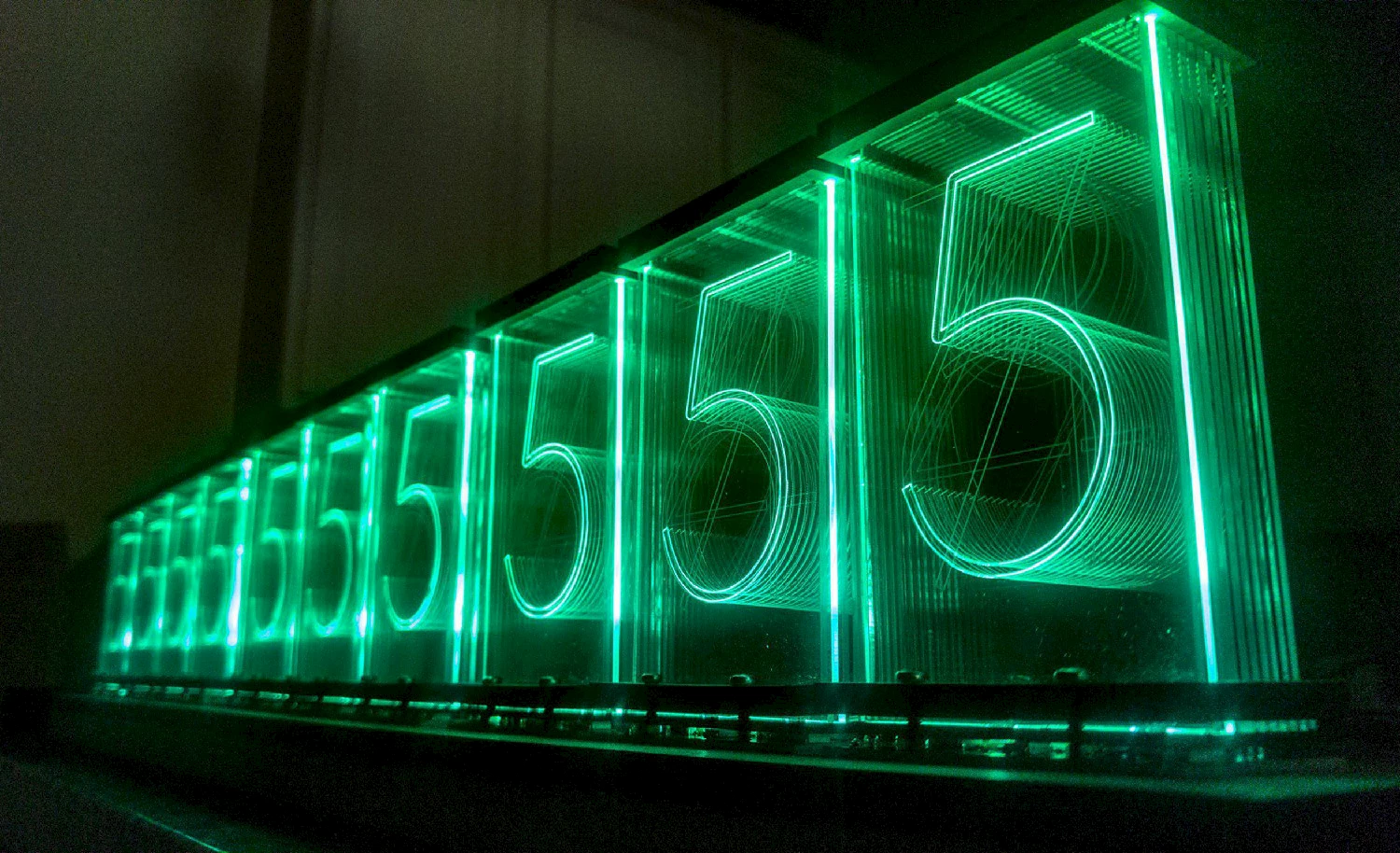
Lixies. © Connor Nishijima.
Lixies are number displays modelled on good old Nixie tubes. They use WS2812B smart LEDs, the light from which is directed to a stack of acrylic sheets. The pros: they’re cheaper, sturdier, longer-lasting, multicoloured and only need a low voltage (5 V vs 170 V for a Nixie tube). They’re designed and made by Connor Nishijima, and cost $38 USD per unit. Since it’s a hand-made product, production delays are to be expected.
⇨ IEEE Spectrum, “Build a clock with Lixies, the Nixie-tube lookalike.”
Apple’s record earnings
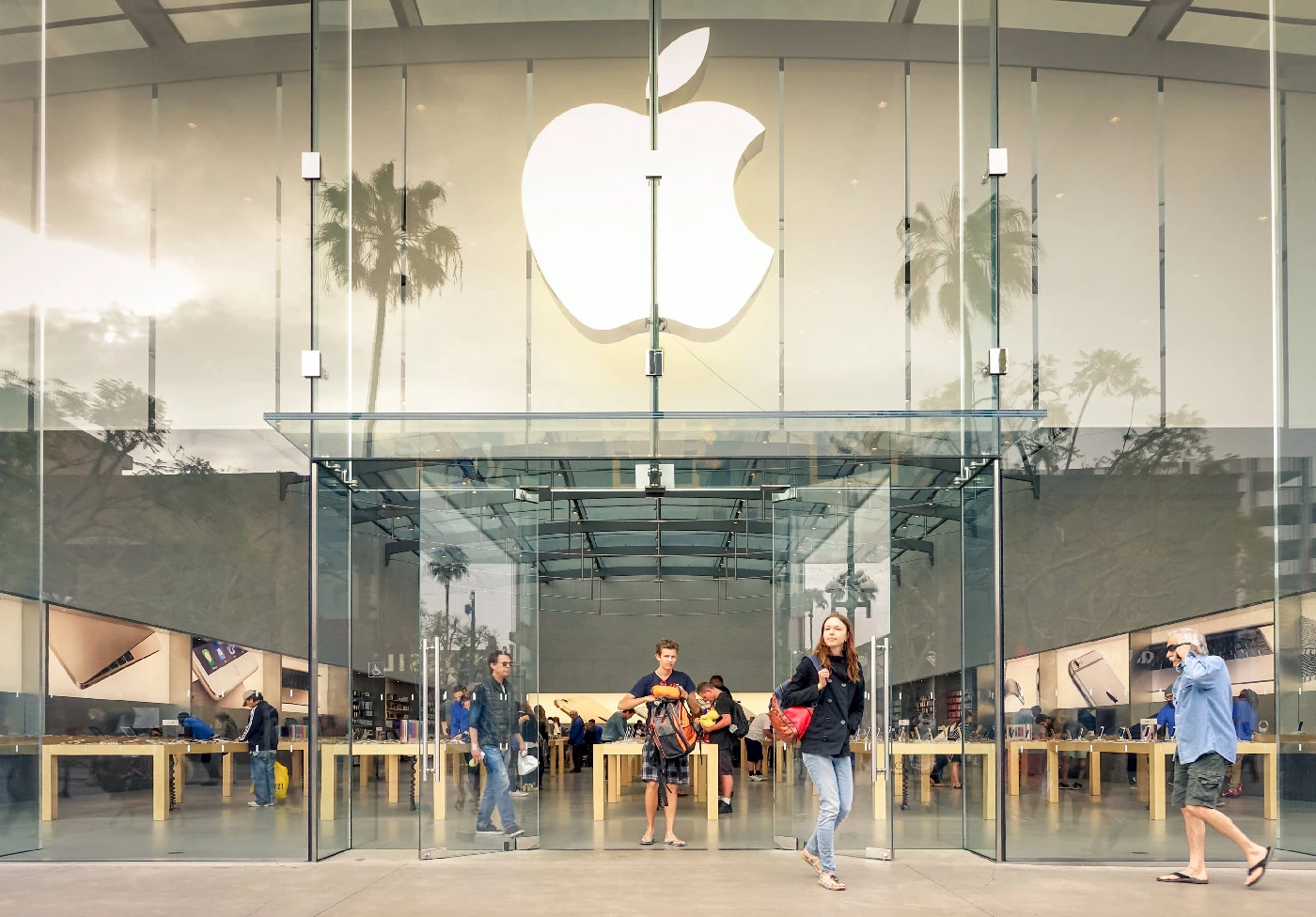
Third Street Promenade, Santa Monica. CA. © iStock.
Apple just posted its Q1 2018 earnings, and it’s the best quarter the company has ever had, making $88.3 billion in revenue during that time —up 13 per cent year over year— and generating $20 billion in profit. While earnings were up, many analysts had predicted even higher profits, and higher sales of iPhones, iPad and Macs than actually took place. Sales of the iPhone X weren’t nearly as strong last holiday season as expected, but the higher price of the iPhone X led to higher-than-ever profits, even if total iPhone sales were down 1% compared to the same quarter a year ago. The iPhone X has been Apple’s top-selling phone every week since it shipped in November, said CEO Tim Cook.
⇨ Recode, “Apple’s biggest quarter ever was kind of a letdown — but investors were fine with it.”
⇨ Cult of Mac, “Apple’s record-breaking Q1 earnings fall short of expectations.”
⇨ Six Colors, “Apple Q1 2018 earnings: Record revenue, beating the estimates.”
